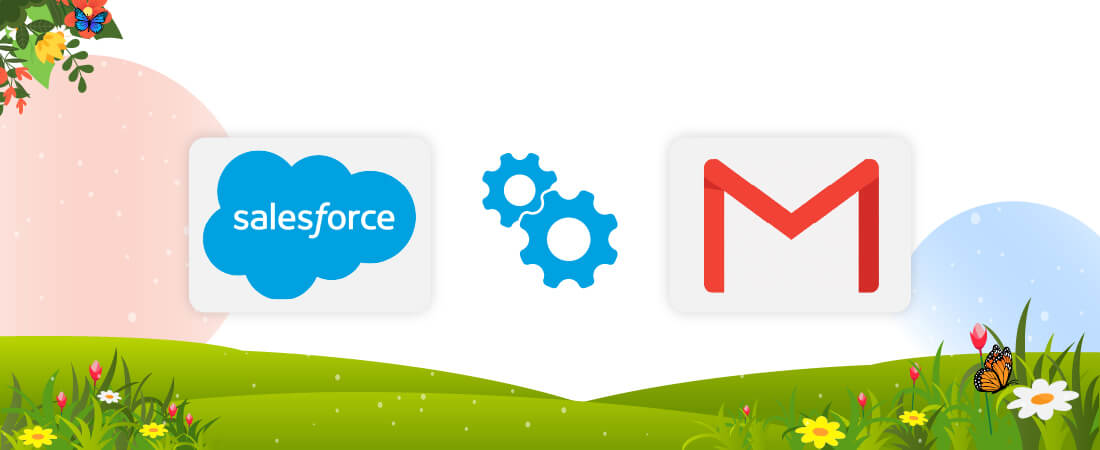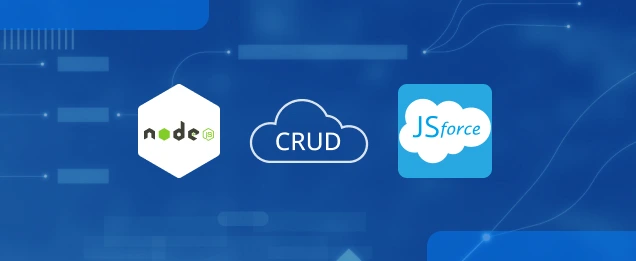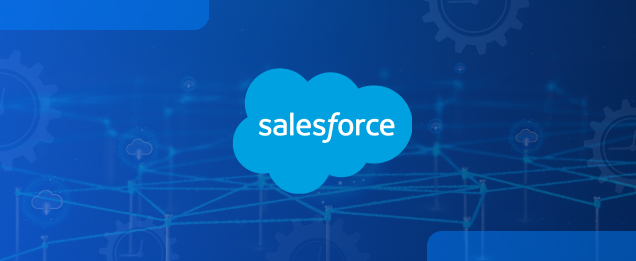Update New and Changed Records 10 TimesFaster by Using Before-Save Updates in Flows
With its Spring 2020 release, Salesforce brought with it the much anticipated Before-Save Flow capability, neighboring on the Insert/Update Trigger that we’ve had for over a decade now. Creating or updating a Record now triggers an automatically launched Flow to make additional updates to that record before it’s saved to the database. Otherwise, you’d ordinarily write Triggers to initiate updates over a Record.
Unlike its predecessor though, Before-Save updates in Flows are much faster than Record-Triggered updates. A Before-Save update in a Flow, by comparison, is 10 times as fast as an update made through a Record-altering process that’s through a Process Builder. Overall, this means sending less time staring at the spinner when you save Records.
Pre-requisites for employing Before-Save Flows
Version/ Subscription
The update was released to Salesforce Lightning Experience and Salesforce Classic in the Essentials, Professional, Enterprise, Performance, Unlimited, and Developer editions.
Permission to Execute Flow
You’ll also need to toggle-on the permission to View All Data.
Use-Cases
For this illustration, we cover a relatively simple, yet frequently encountered scenario – the Account Types being changed to reflect changes to Fields like Type and Rating. And, with Before-Save by our side, all activity on the Record now gets inserted and updated before hitting Save. Here’s how this plays out:
From within Salesforce, open up the Flows tab, and once there, click the button that reads New Flow. At this instant, a prompt should come up asking you to choose between a Screen Flow and an Auto Launch.
Flow
Click Autolaunch and to create a Flow specifically automates repetitive work. From here, go to Start to Autolaunch the Flow.
Next, edit the Flow to choose a type. For this walkthrough, go with the radio button that reads.
New and Updated Records – Flow Makes Fast Field Updates.
The Flow selected lets you make fast Field updates.
You now need to choose when to launch the Flow. Here, we choose to launch at either Record creation or update.
(Note here, that for a Flow that makes Before-Save updates, the Flow Builder toolbox offers only four elements: Assignment, Decision, Get Records, and Loop.
Also, within Flows, the $Record global variable contains the Record values. You can use an Assignment element to update those values, and let Salesforce handle the rest.)
Decision Block
Once at the Decision Block, choose an Account Object (here, Developer) to create the Flow. Through a dropdown, you should now be able to choose a picklist value from the Type Field.
In the depicted implementation, if the Type turns out to be a prospect, the Flow proceeds to update the Type to Customer Direct, as well as the Rating Field to Warm.
Conclusion
In the sections above, we touched on a new, immensely useful way to make Record updates, quite like a cache of sorts that holds on to a sequence of changes and pushes them into the database together.
For further assistance with new updates, adjusting to rollouts, and change management enhancements, reach out to us at sales@hicglobalsolutions.com






